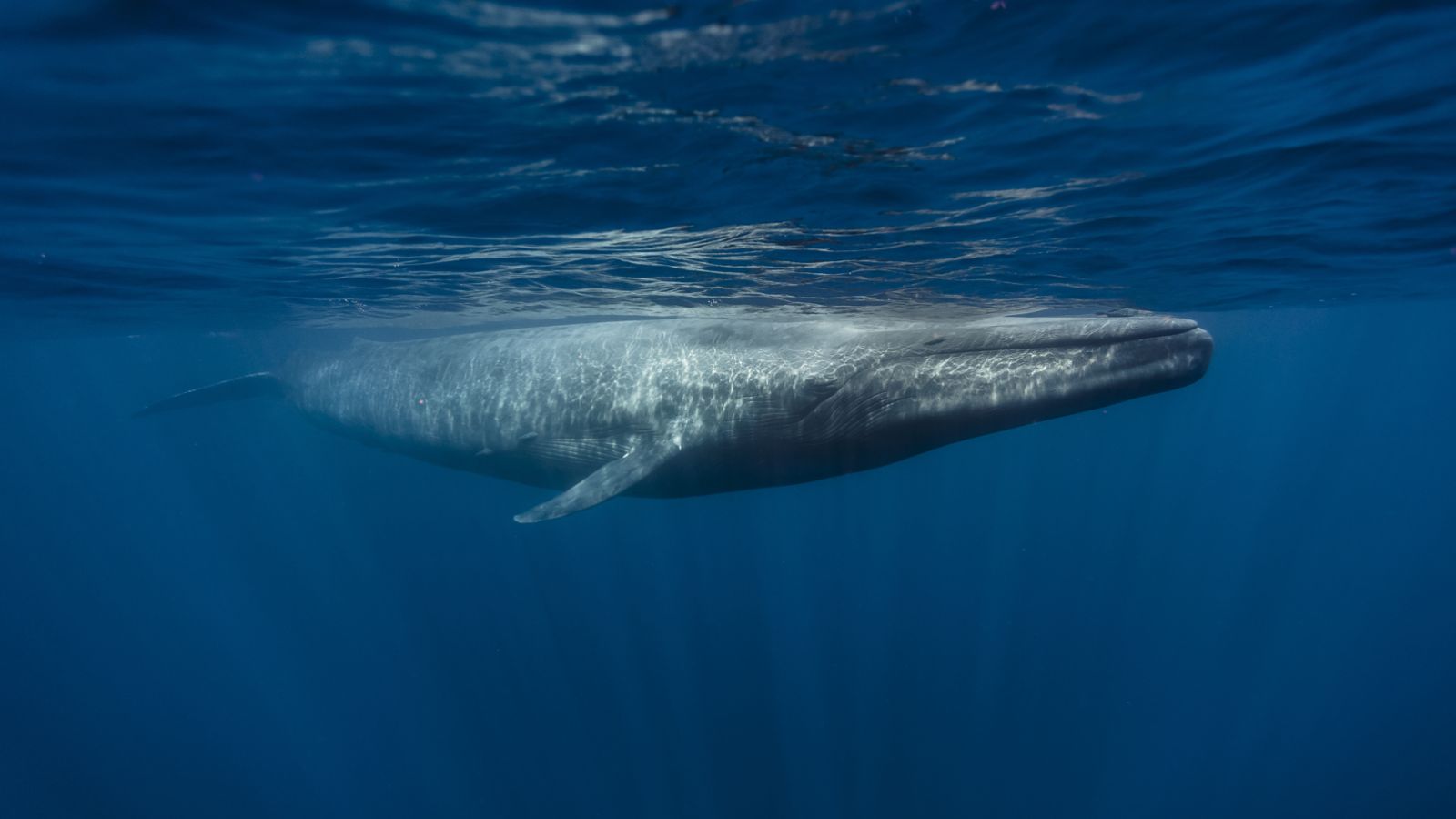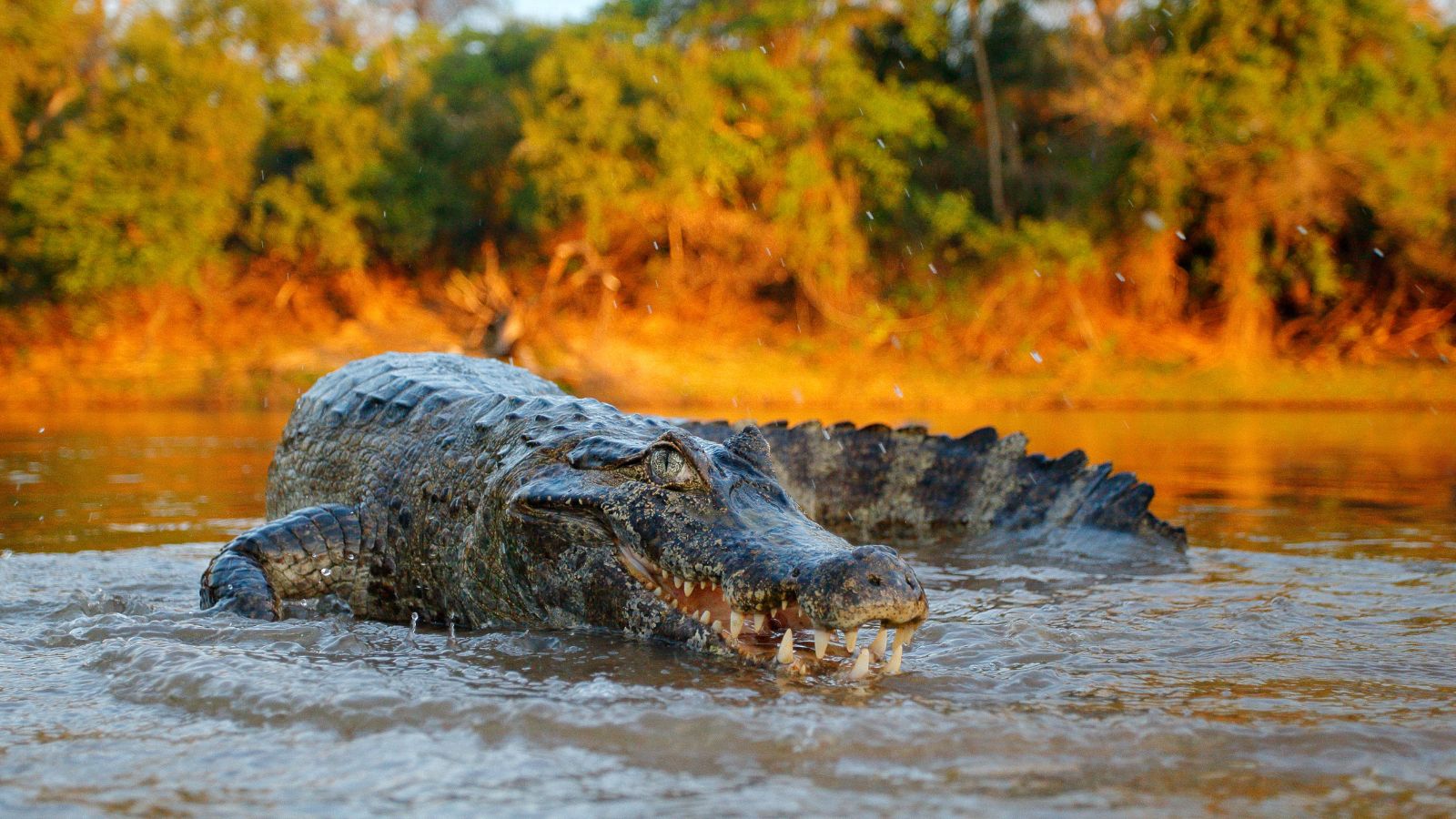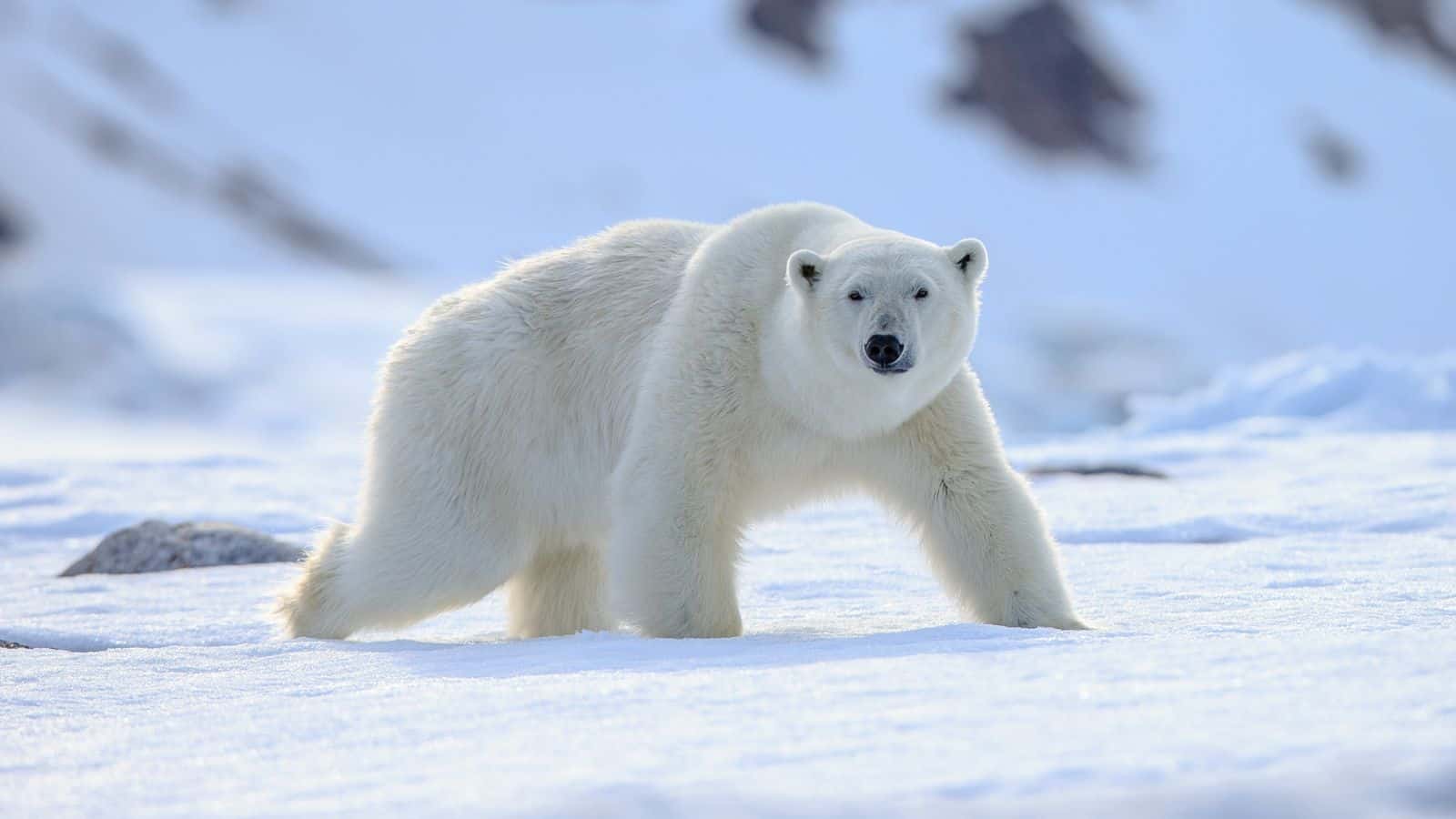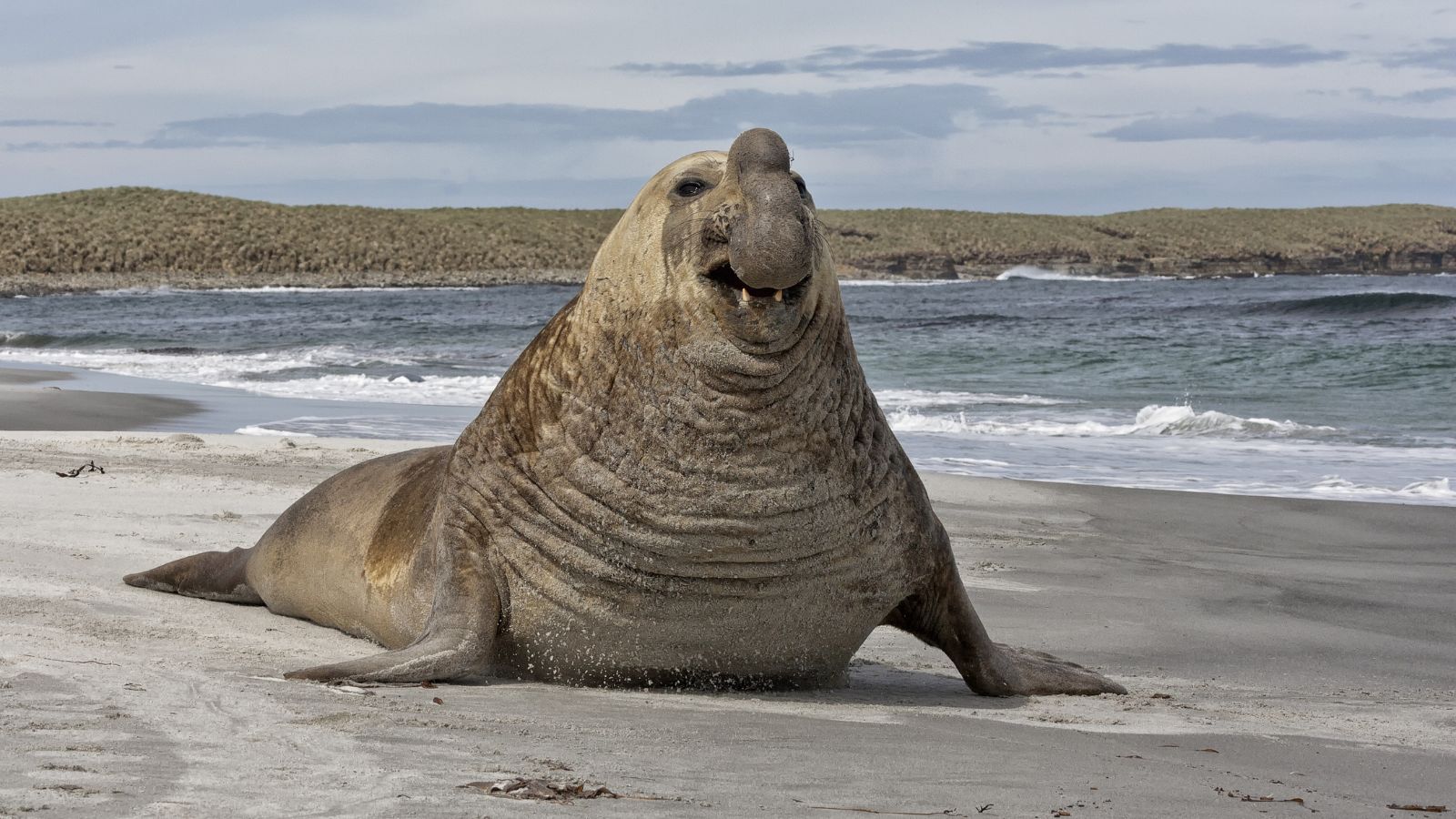We have millions of incredible animals in our world that come in many shapes and sizes. But while you may be aware that there are some incredibly large species on our planet, have you ever wondered just how big and heavy they can get? Here are 18 of the biggest and heaviest animals in the world.
Blue Whale

As you may already know, the blue whale is both the largest and heaviest animal in the world, weighing an unbelievable 200 tons and reaching staggering lengths of up to 100 feet. This ocean giant can consume up to 4 tons of krill per day and can be found in oceans all over the world.
North Pacific Right Whale

The North Pacific right whale is significantly smaller than the blue whale, but it is still astoundingly large compared to most other animals. It can reach lengths of up to 60 feet and can weigh up to 100 tons, making it the second-biggest animal in the world.
Southern Right Whale

The southern right whale is similar in size and weight to the North Pacific right whale, coming in at 55 feet in length and up to 110 tons in weight. These incredible creatures are usually found in cold, temperate ocean waters, especially in the coasts of South Africa, South America, Australia, and New Zealand.
Fin Whale

When it comes to size, the fin whale is second only to the blue whale, measuring up to an amazing 85 feet in length. But surprisingly, it is much less hefty than the blue whale, weighing a maximum of 80 tons. Fin whales can be found in ocean waters all over the world and are known to travel long distances each year.
African Elephant

The top 10 biggest and heaviest animals in the world are all whales, but when it comes to land animals, the African elephant is the king. These incredible herbivores can grow up to 13 meters tall at the shoulder and weigh an impressive 14,000 pounds.
Giraffe

Giraffes are famous for being the tallest land mammals in the world, reaching a staggering maximum height of 18 feet. They can also get surprisingly heavy, with males weighing up to 3,000 pounds at their heaviest.
Saltwater Crocodile

Did you know that saltwater crocodiles are the largest reptiles in the world? Males of the species can grow up to 23 meters in length and weigh over 2,200 pounds. They also have incredibly powerful jaws, which aid them in their impressive hunting capabilities.
Ostrich

You may not think of birds as especially large creatures, but ostriches break that stereotype. Males can grow up to 9 feet tall and weigh over 340 pounds, making them much taller and heavier than the average human.
Whale Shark

Whale sharks hold the title for the largest species of fish on Earth, with the largest individuals reaching lengths of over 40 feet and weighing an impressive 21.5 tons. According to ZME Science, these sharks also have a surprisingly gentle nature.
Polar Bear

The National Wildlife Federation asserts that polar bears are the largest land carnivores in the world, measuring up to 10 feet when standing on their hind legs and weighing up to 1,500 pounds. These impressive bears primarily feed on seals to maintain their large size.
Siberian Tiger

Siberian tigers hold the title of the largest wild cat on Earth, weighing up to 660 pounds and reaching lengths of over 12 feet, including their tail. They mostly live in the forests of eastern Russia, with a few smaller groups living in China and North Korea.
Brown Bear

The brown bear is another huge land carnivore, similar in stature to polar bears. Some of the heaviest individuals weigh over 1,500 pounds and reach up to 8 feet when standing on their hind legs. They are predominantly found in the forests of North America, Europe, and Asia.
Colossal Squid

Let’s dip our toes in the ocean again for our next few entries. Scientists believe that the colossal squid is the largest squid species on Earth, with the biggest individuals reaching a staggering 46 feet in length. They are also known for their huge eyes, which are among the largest of any animal on the planet.
Leatherback Sea Turtle

The leatherback sea turtle is the largest of all living turtles, growing up to 7 feet in length and weighing a whopping 2,000 pounds. They can also dive to incredible depths to hunt and feed on jellyfish.
Southern Elephant Seal

National Geographic claims that southern elephant seals are the largest of all seal species. Males of this species can reach incredible lengths of 20 feet and weigh up to 8,800 pounds. Their names come from their huge size and their inflatable proboscis, which resembles an elephant’s trunk.
Green Anaconda

The green anaconda is one of the biggest and heaviest snakes in the world, sometimes growing over 29 feet in length and weighing up to 550 pounds. They typically dwell in swamps, marshes, and streams within South America.
African Buffalo

African buffaloes are some of the biggest, heaviest, and most powerful wild bovines on the planet, weighing up to 2,000 pounds and measuring over 11 feet in length. They can usually be found grazing on grasslands and savannas in sub-Saharan Africa.
Great White Shark

The Monterey Bay Aquarium states that the biggest great white sharks can grow to be 23.5 feet and weigh up to an impressive 7,500 pounds. Their torpedo-shaped body allows them to swim surprisingly fast, which helps them catch and feed on fish, seals, and dolphins.

